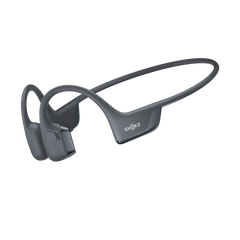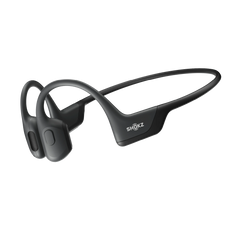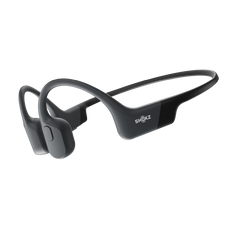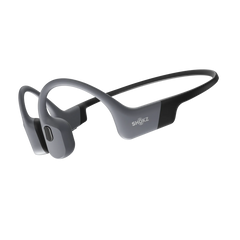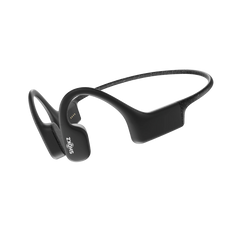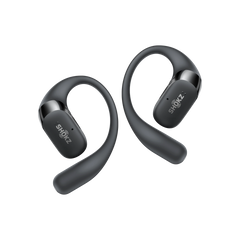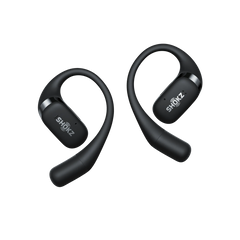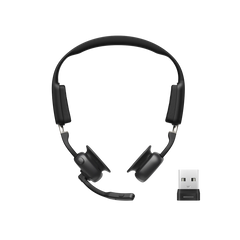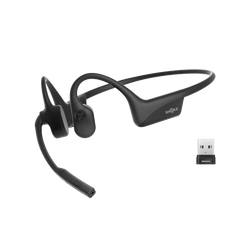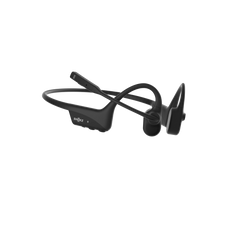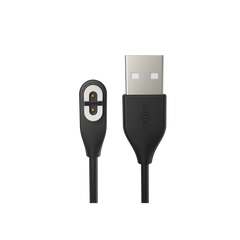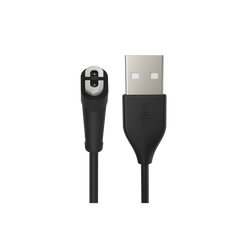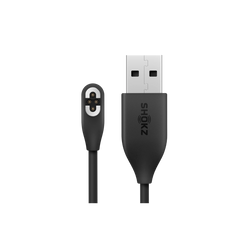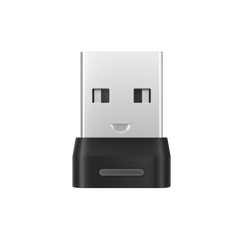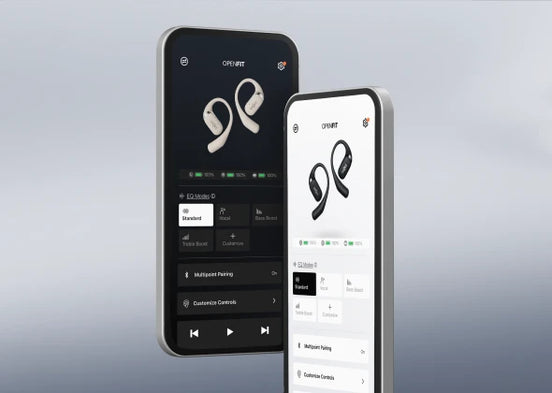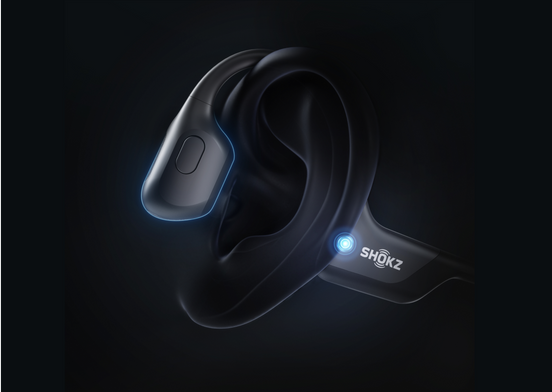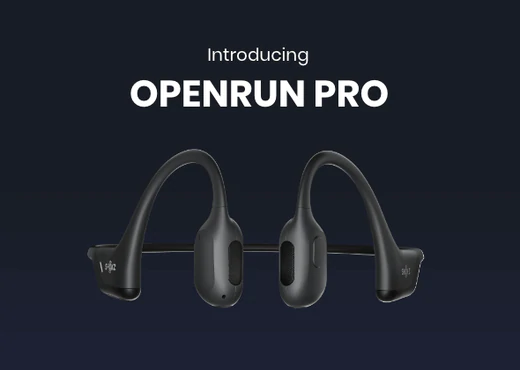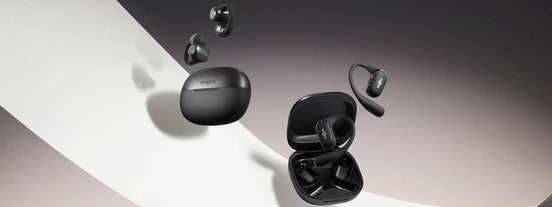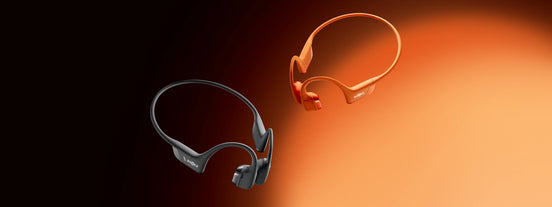-
Introduction
-
How Do Bone Conduction Headphones Work?
-
Comparing Traditional Headphones with Bone Conduction Headphones
-
Are Bone Conduction Headphones Safe?
-
Myths About Bone Conduction Headphones Safety
-
Conclusion
Introduction
A key takeaway is that bone conduction technology enables you to enjoy audio content without anything inserted or covering the ears, allowing ambient sounds like traffic noise to filter in. Additionally, it helps maintain a clean ear canal, reducing the risk of issues like compacted earwax, blockages, or infections caused by trapped sweat.
How Do Bone Conduction Headphones Work?
Before jumping into the safety considerations associated with bone conduction headphones, it's essential to first explore how it functions.
Bone conduction headphones use transducers to convert sound into mechanical vibrations transmitted through our temporal bone to the cochlea, bypassing the eardrum. This allows for crisp, clear sound reproduction even in noisy environments and eliminates the need to spread sound waves through the air, reducing the potential impact on others, in another way — protecting your privacy.
To picture the magic, cover your ears and speak. The waves travel through the bones so you can still hear your voice.
Comparing Traditional Headphones with Bone Conduction Headphones
In comparison, conventional earbuds and headphones use drivers to convert vibration into sound, pitching it to our ears. They are great for isolating surround sound as they rather have to be plugged into the ears or covering the ears and clamped to your head to deliver noise-free quality audio. However, having our ears clogged or covered for an extended period may lead to discomfort like ear canal irritation, ear pressure, and trapped sweat that may even lead to ear infections.
On the other hand, bone conduction headphones like the Shokz OpenRun bypasses the ear canal and eardrum, delivering audio directly to the inner ears. Resting on your ears, open-ear headphones use transducers to transmit vibrations through human temporal bone. This design keeps ears clean and dry, and your ears are completely free for staying attuned to real-time happenings.
Bone conduction headphones aim to blend your tunes with surround sound, while traditional headphones focus on delivering an in-depth, high-quality audio experience.
Are Bone Conduction Headphones Safe?
Having explored the technology, let's look at the safety concerns around bone conduction headphones.
Bone conduction headphones are generally considered safe, and they stun in various aspects such as safety, comfort, stability, hygiene, and more. Among the avid enthusiasts of open-ear headphones, runners and cyclists particularly favour Shokz's OpenRun lineup.
Situational Awareness
The primary characteristic setting bone conduction headphones apart is the open-ear design, ensuring a safe and sound listening experience. Remaining conscious of what's happening around is important in everyday life, and could be indispensable for moments like walking down the street, biking, and other occasions when situational awareness is essential.
Clean Ears
It's important to maintain good hygiene, keeping the ears clean and free from potential infections, especially heavy sweaters. With earbuds clogging the ear canal or headphones covering your ears, the sweat trapped inside for extended periods may result in discomfort, itchiness, or even infections. Bone conduction headphones won’t cause any of these.
Open-Ear Comfort
The concept of bone conduction headphones allows it to safely rest on your ears. Non-intrusive fit reduces ear fatigue to keep your ears safe from irritation. They are super lightweight to relieve your ears from heavy headphones.
Safe, Secure Fit
Fitting comfort and secureness are superior with bone headphones as not only are they lightweight, such an exclusive design also allows the weight to be balanced. The ear hooks of Shokz OpenRun Pro ensure a safe and secure fit, and the driver and battery cell are located on each end of the hooks, offering a wobble-free fit for hours of running, hundred kilometre cycling, and more.
Myths About Bone Conduction Headphones Safety
Even though bone conduction headphones are considered safer in contrast with conventional headphones, below are some common issues worth paying attention to
Myth #1: Bone conduction headphones are uncomfortable.

Discomfort from Vibration
As bone conduction headphones use our cheekbone as a vibration carrier, one of the common complaints is the sensation of vibration directly on the skull. While the majority find these vibrations subtle and non-intrusive, individuals with elevated sensitivity may find it pronounced, and even potentially lead to headaches or vertigo. Vibrations are likely to be more perceptible at higher volume range. It's essential to recognize that discomfort levels vary among users, and factors like fit and duration of use can influence the overall experience with any type of headphones.
Myth #2: Bone conduction headphones cause hearing loss.
Potential Hearing Strain
In order to hear sound, despite bypassing the eardrum, our cochlea is still involved. To protect our hearing system, It's essential to keep the volume within appropriate range to prevent hearing damage. Like using any other audio devices, prolonged exposure to high audio volume can strain the cochlea, thus, potential risk of hearing damage is not impossible over time.
Myth #3: Bone conduction headphones can cause brain damage.
Potential Brain Damage
Debates have pointed out that bone conduction headphones may potentially cause damage to the brain by vibrating the bones to deliver sound. Up until today, there is no credible scientific evidence supporting the judgement of bone conduction headphones potentially causing damage to the human brain. Despite its theory of delivering sound, the vibrations are not strong enough to cause harm to the brain.
Myth #4: The sound quality is subpar compared to regular headphones.

Compromised Sound Quality
As bone conduction headphones aim to blend audio content with surround sound, immersion is partially traded against situational awareness. That said, bone conduction headphones are not for people with immersive sound as a decisive criteria. They let in ambient sound when listening to audio content, so immersion does not rival mainstream earbuds or headphones, at least for the moment but maybe soon. Stay tuned!
Conclusion
Dispelling myths, with responsible use, bone conduction headphones are safer. Compared to regular headphones, they provide a secure, comfortable audio experience while enhancing situational awareness. they stand as a favoured choice for active individuals.
Now that the mystery is solved, learn more about Shokz bone conduction headphones by clicking here.
